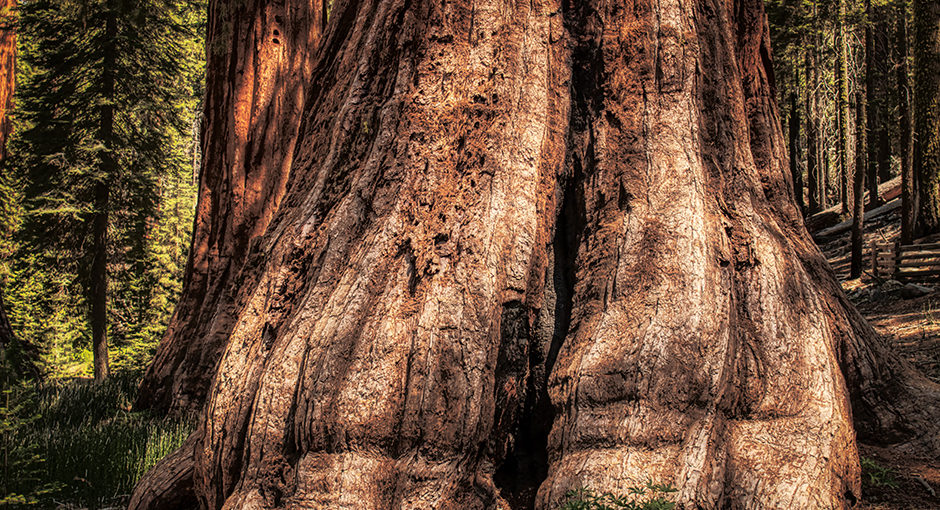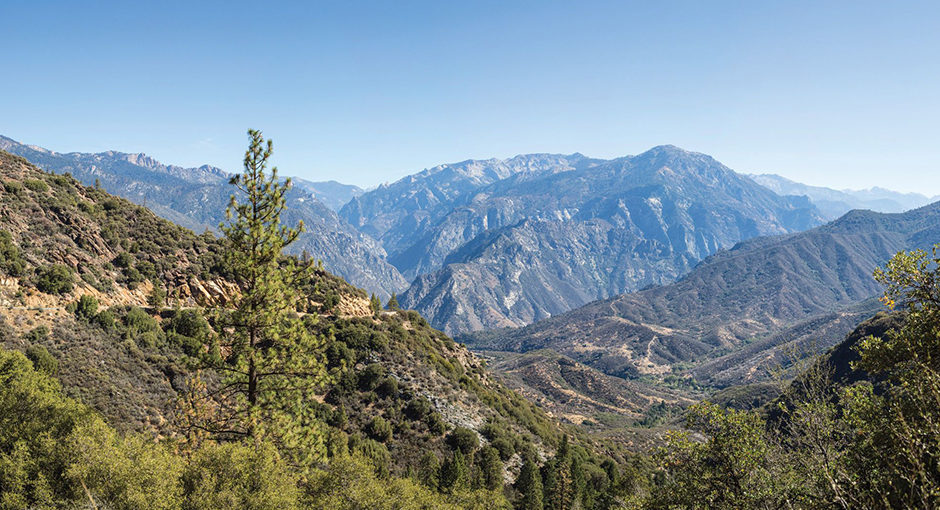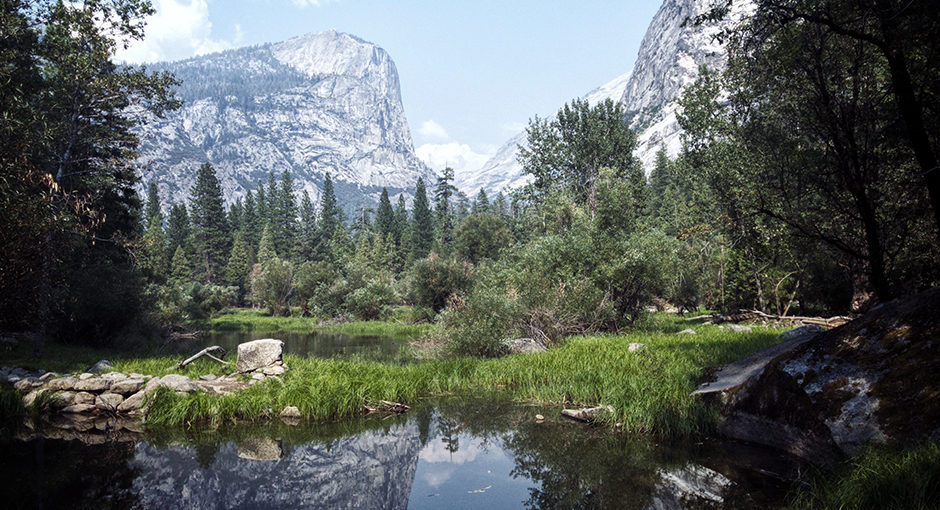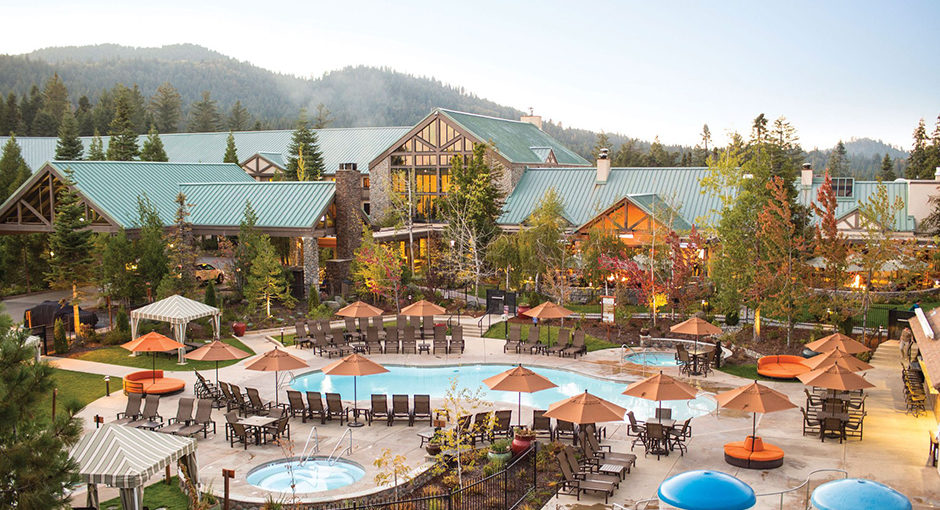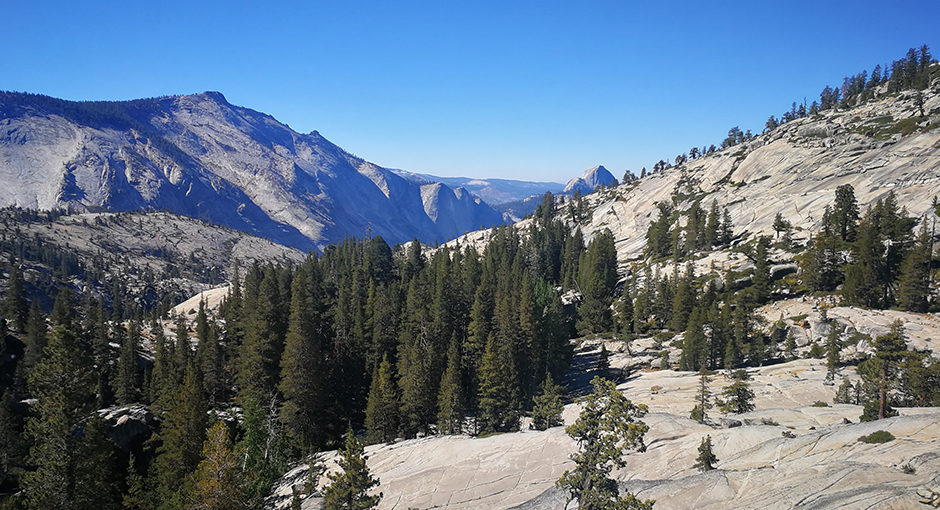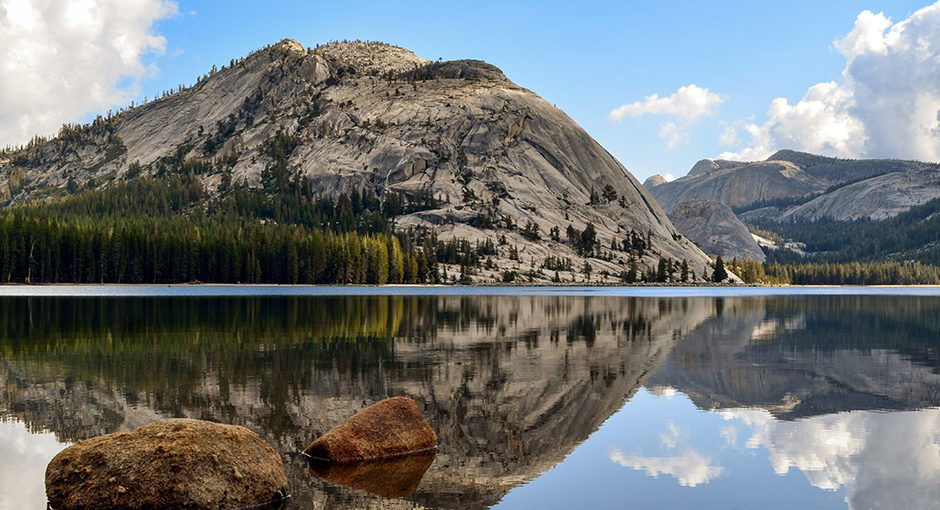Home to some of the oldest living organisms on Earth and glacially carved valleys, Yosemite, Sequoia, and Kings Canyon National Parks are destinations you must see to believe. The best part? They all have easily accessible routes to their most iconic views.
When planning a road trip along the Majestic Mountain Loop, let us do the research for you with our three-day itinerary through Yosemite National Park and Sequoia and Kings Canyon National Parks.
If you’re heading out locally, you can reach Sequoia in about four hours from Los Angeles and five hours from San Francisco. If you choose to fly before picking up a rental van, Fresno Yosemite International Airport (FAT) is the closest and a two-hour drive.
The National Park Service offers free entry with the Access Pass for US citizens with permanent disabilities. If you have one, don’t forget it! The hangtag will expedite entry into each park and access to designated parking. Is this the first you’re hearing about it? No sweat! Grab one in-person on arrival at any entrance station.
Day 1 – Sequoia & Kings Canyon National Parks
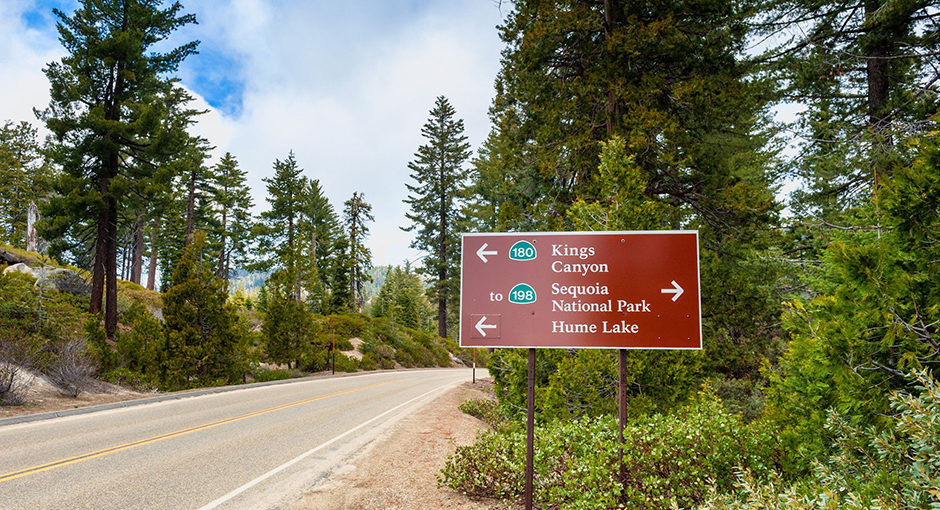
Spend your first day amongst the living legends of Sequoia & Kings Canyon National Parks. Many of the most iconic landmarks and scenic vistas are on paved, well-maintained trails with accessible parking. Before you arrive, have your maps downloaded and accessibility guide saved, as there is little to no cell service inside the parks.
Sequoia National Park
At 275 feet tall, the General Sherman tree is the largest living tree in the world. You can find designated parking spaces in a lot along the edge of the Generals Highway, or, in the summer, you can opt to ride the wheelchair-accessible shuttle. From there, there is an accessible trail leading to the tree. Looking to extend your hike through a giant sequoia forest? Congress Trail is paved, 2.7 miles round-trip, and begins near the General Sherman tree. The incline is gentle, but wheelchairs with power assistance may be a good choice. Make sure to wave hello to the President (the tree, of course) on the journey!
After a magical morning, grab some cheesy perfection at the Wuksachi Pizza Deck before departing on the second half of your day. Kings Canyon awaits!
Kings Canyon National Park
Royal views are a staple of Kings Canyon National Park. A short drive from the Visitor’s Center, stop for your first (but not your last) stunning overlook at Panoramic Point. There’s a paved, half-mile trail to the viewing area.
Afterward, let your car and nature do the rest of the work for you. Head along the Kings Canyon Scenic Byway for many wheelchair-friendly pull-outs and sweeping views. Take a moment to take in Grizzly Falls cascading 80 feet down exposed granite.
Roaring River Falls is as scenic as it is accessible. Take the River Trail to Zumwalt Meadow, for a total of 3.9 miles roundtrip. This trail is paved and features vibrant meadows, towering forests, and idyllic views.
Head back to your accommodations at the Wukasachi Lodge. They have many ADA features for a cozy, memorable stay. Dine at The Peaks Restaurant for a meal created with locally sourced and organic ingredients.
Day 2 – Yosemite National Park
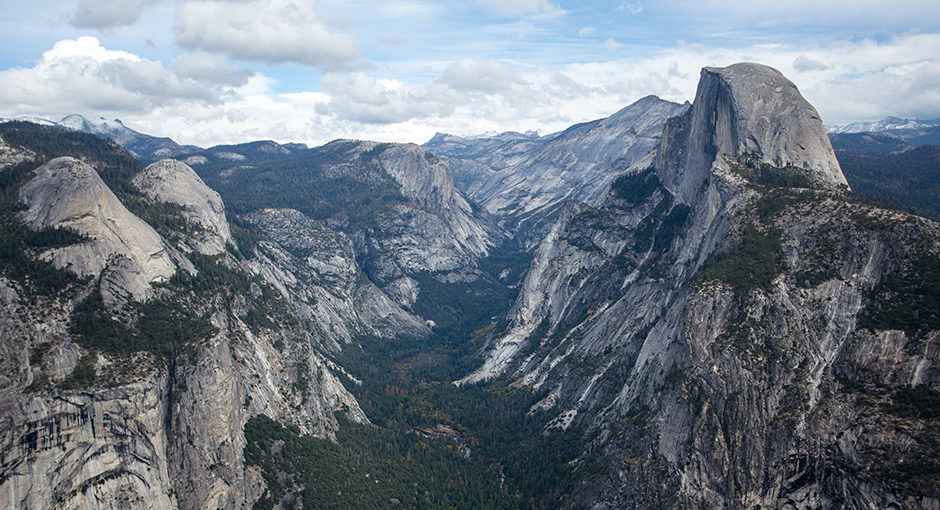
Much of Yosemite Valley is connected by paved, well-maintained paths. From Sequoia and Kings Canyon, it’s about a 4.5-hour drive, so rise early to get the most out of your day there. It’s a good idea to have your maps downloaded and accessibility guide handy before arriving in Yosemite; cell service is spotty but is best found in Yosemite Village. You can also opt for a Yosemite 360 tour from Tenaya at Yosemite. Experience the park with guided experts and wheelchair accessible transport.
Half Dome and El Capitan
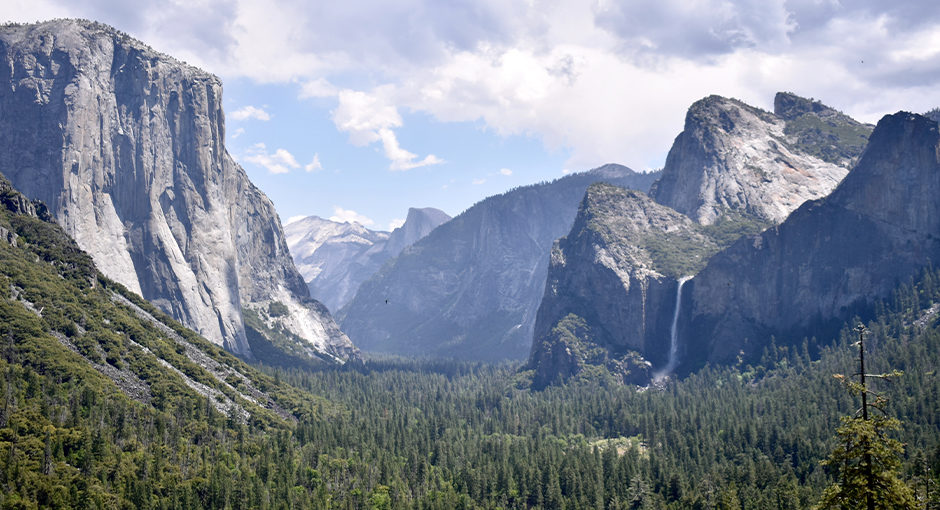
Tunnel View is likely the most iconic view of Half Dome and El Capitan. Pull into a large parking lot to take in the grandeur. Incredible views of Half Dome can also be seen from paved sidewalks along Ahwahnee Meadow and Stoneman Meadow.
Mirror Lake Trail
The reflection of Half Dome and Mount Watkins in Mirror Lake is an esteemed view in Yosemite. With your Access Pass placard, you can take the private vehicle road to accessible parking at the trailhead.
Lower Yosemite Fall Trail
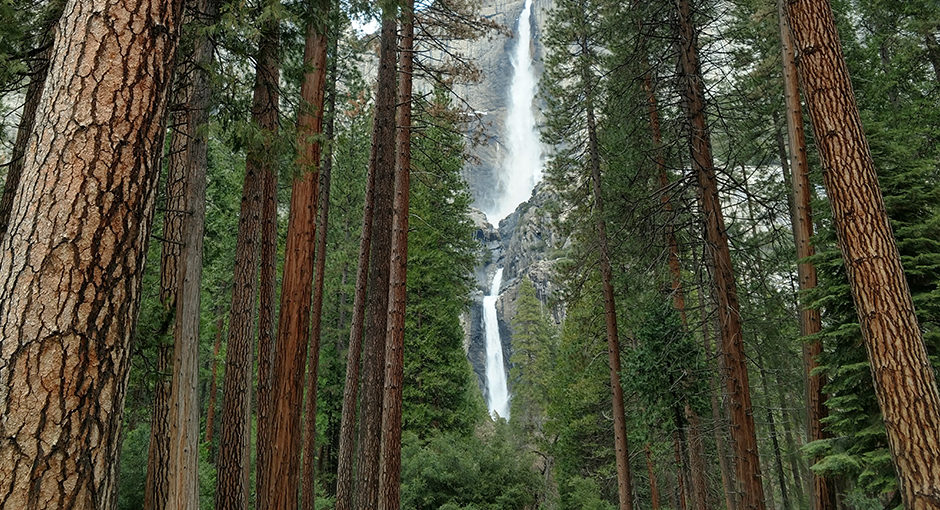
Incredible views of Upper and Lower Yosemite Falls can be seen from the Lower Yosemite Fall trail. While there is no parking at the trailhead, there are designated spaces in the parking lot off Yosemite Lodge Drive. From the parking lot to the trail head is a paved path, and the eastern portion of the trail is wheelchair accessible.
Where to Eat in Yosemite
After spending the afternoon hitting the trails, grab lunch at the Yosemite Valley Lodge or head back to Tenaya at Yosemite. They have many accessible room options, including Explorer Cabins, and on-site restaurants when it’s time for dinner.
Day 3 – Tioga Pass
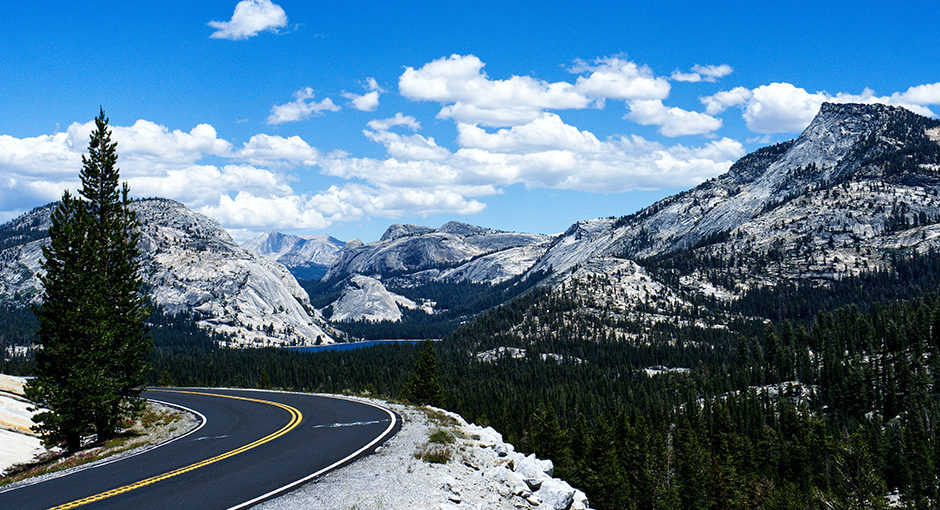
The awe-inspiring high country of Yosemite National Park is made accessible to all through the Tioga Pass. It typically opens in May and closes in November each year. With many jaw-dropping views of the Sierra Nevada, scenic overlooks here are unlike any other. Be sure to have a full tank of gas! The Tioga Pass is nature-forward; you won’t find any gas stations along the way.
Olmsted Point
It’s hard to find words to describe this view. A must-see along the Tioga Pass, Olmsted Point puts Half Dome, Clouds Rest, and Tenaya Lake on display. This vista has a flat, large parking lot pull-out and accessible sidewalk.
Tenaya Lake
The stark contrast of granite against crystal-clear water is a must-see. Head to the east end of Tenaya Lake for designated parking spaces and an accessible path to open views.
Tuolumne Meadows
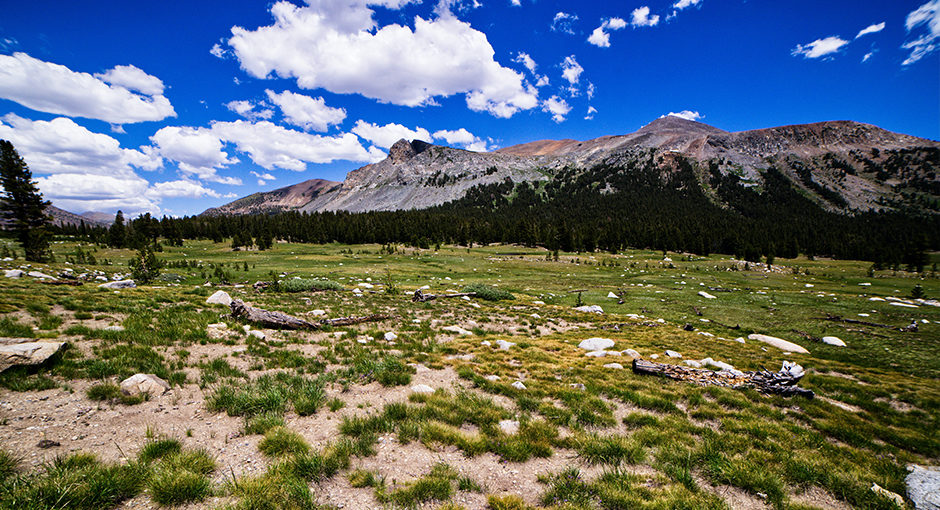
Bring along a picnic to enjoy at the expansive and captivating Tuolumne Meadows. There are many large pull-outs and parking lots with unobstructed views of the meadows. You can also find picnic tables just off of the Tuolumne Meadows Store. Pack up and head back to your accommodations at Tenaya at Yosemite as your adventure in the mountains comes to a close.

